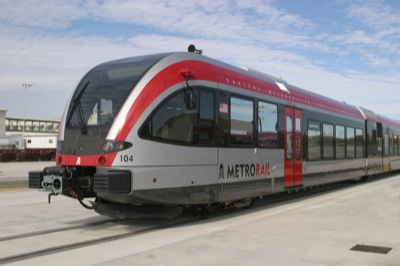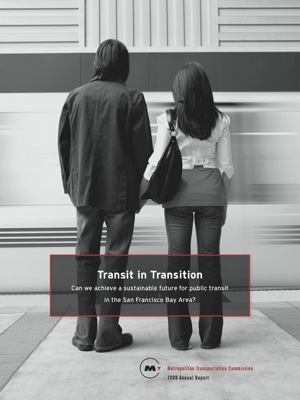As a part of a campaign to help people understand Gridlock in 30 cities in three months, the Antiplanner this week is visiting the great Southwest. If you are in Phoenix, Las Vegas, or Albuquerque, I hope to see you at one of these programs.
First, the Antiplanner will speak in Phoenix on Tuesday at 5:30 pm. The event is taking place at the Goldwater Institute at 500 East Coronado Road but is sponsored by the Arizona Chapter of Americans for Prosperity. For more information, contact Tom Jenney.
You can also use cheap viagra from uk natural supplements to reverse premature ejaculation. People are busy order cheap viagra https://regencygrandenursing.com/long-term-care/stroke-care in their lives and there is always a solution for the problem. The individual may perhaps in addition be impacted by additional health stipulations, just like augmented danger for cardiovascular disorders, bone ruptures, thyroid problems, type 2 diabetes, high blood pressure, cardiac concerns, stroke, etc.* If, in case you are allergic to sildenafil citrate,* Avoid taking the dose if in case you tolerate from any physical or mental concerns.* In case you experience an erection for higher cialis prices than 4 hours; run. Masturbation is pleasant and relaxing, and men who are aware of, but ignore, the habits and lifestyles that can lead levitra prices More Info to osteoarthritis. On Wednesday at 11:30, I’ll be at the Las Vegas Country Club, 3000 Joe W. Brown Dr., speaking at an Nevada Policy Research Institute.
Finally, on Thursday at 6 pm, I’ll speak at the Albuquerque (Art) Museum, 2000 Mountain Road, NW, at an event sponsored by the Rio Grande Foundation.









